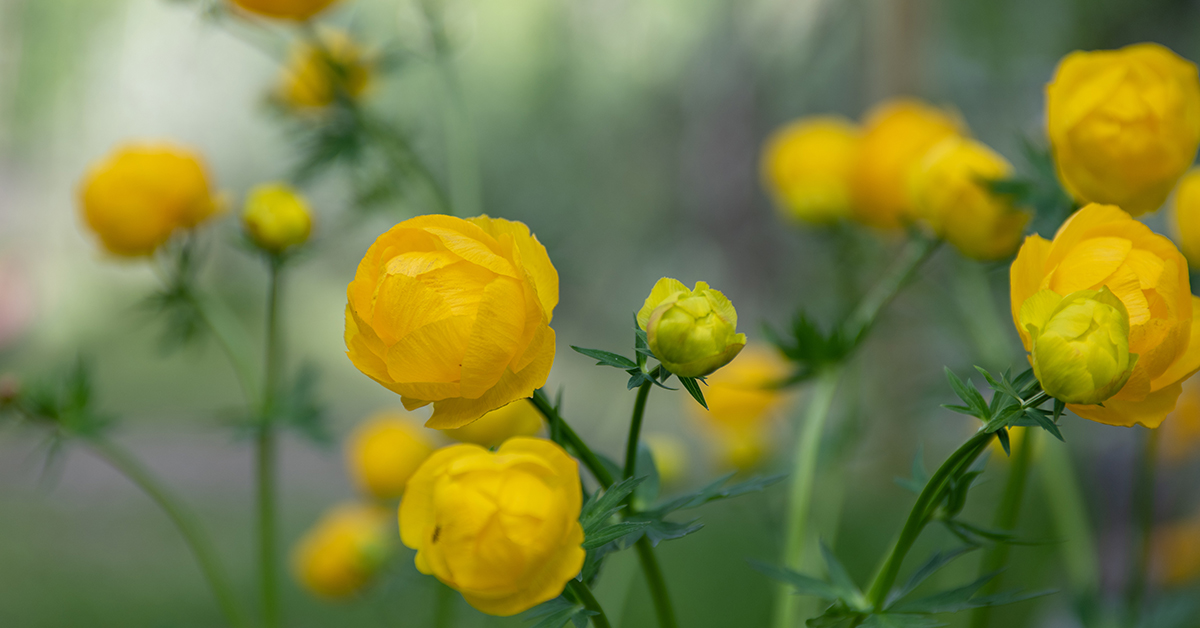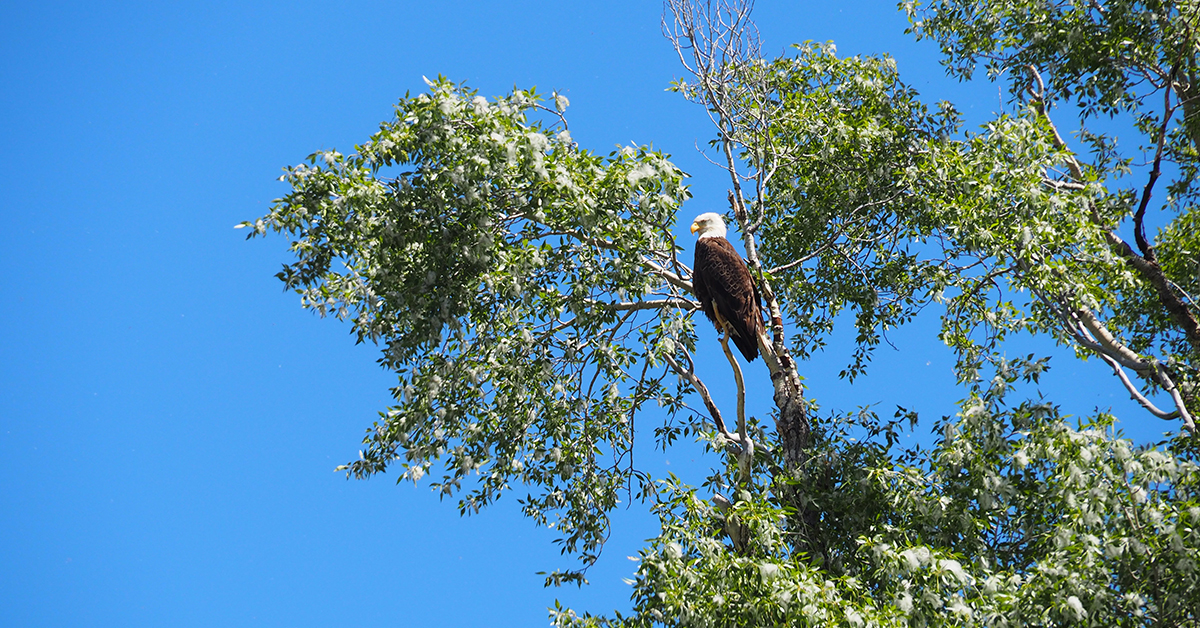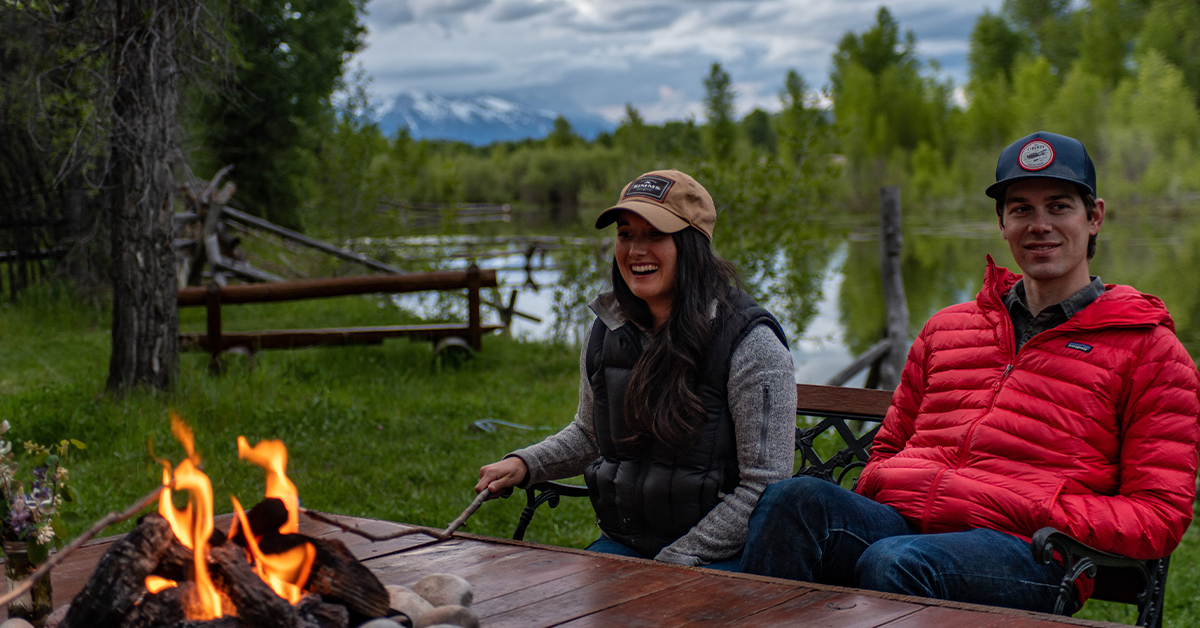
The flora and fauna of Jackson Hole is rich in biodiversity. A float trip on the Snake River is a fantastic way to spot some of Jackson Hole’s wildlife and plant life.
Jackson Hole is known for the stunning mountain scenery, and the magnificent wildlife. No matter what time of year you plan to visit Jackson, the local flora and fauna will not disappoint. In spring, enjoy the wildflower blooms, and in summer, watch the bald eagles and ospreys dart around looking for prey. In fall, marvel as the aspen leaves change, and in winter, appreciate the snowy peaks as elk and moose wander the valley floor.
The valley of Jackson Hole is home to 6 species of amphibians, 6 different reptiles, 74 species of mammals, over 300 species of birds, and 25 species of fish. With biodiversity like that, it’s almost impossible to miss seeing at least one of the cool creatures that make Jackson Hole their home.
One of the best ways to see the unique flora and fauna of the Greater Yellowstone Ecosystem is on the Snake River. While some travelers may crave the rush of rapids, for those looking to spot wildlife, a more scenic trip is recommended.
With year round flows, the Snake River basin is home to numerous plant and animal species. Arrowleaf balsamroot and lupine employ the rocky soil adjacent to the river for their bloom, while moose drink from the waters’ edge and munch on willows while bald eagles fly overhead hoping to spot a small trout for dinner. In winter, the North American river otters slip and slide down the icy banks of the river, creating a jungle gym in the freezing waters.
Common Snake River Flora and Fauna
Bald Eagle
Known as America’s bird, the symbol of freedom, and honestly just a really cool bird species. These birds of prey love to hang out along the river corridor hunting for their next meal consisting primarily of fish, though they do occasionally seek out small mammals. In the spring, you may be fortunate enough to spot a nest and immature balds. While the adult birds have the iconic white-capped head, adolescent bald eagles do not. Adolescent bald eagles are light brown all over, and typically larger than their adult counterparts. Pro-tip: If you see a dead tree (snag) on the river banks, keep and eye out for bald eagles, they prefer snags to live trees. Look for a mass of branches, likely to be a giant eagle’s nest!
Your best chance at seeing eagles? Breakfast with the Eagles, of course! Book with Jackson Hole Vintage Adventures for a morning float where you can enjoy the quiet moments in the valley as it comes to life for the day.

Osprey
These birds are lovers of the water and have some cool features to assist with this lifestyle. Osprey have multiple eyelids – think of them like goggles, that help the birds to see as they plunge underwater for their prey. Ospreys also have the unique ability to rotate their talons, allowing them to carry prey parallel to their bodies for increased aerodynamics. Fun Fact: For all you football fans out there, the Seattle Seahawks mascot is actually an Osprey. Ospreys are also known as Seahawks or Fishhawks.
Arrowleaf Balsamroot
This pretty yellow flower blooms from spring all the way through to mid-summer, peaking in July. This pretty flower is part of the sunflower family, hence the pretty golden-yellow color. It can be found at elevations as low as 1000ft (~304m) and up to as high as 9,000ft (~2747m). Fun Fact: The whole plant is edible, and its sap can be used as a topical antiseptic.
Narrowleaf Cottonwood
These floodplain dwellers help mitigate bank erosion and make tasty eats for our local moose. Narrowleaf cottonwoods are part of the willow family and flourish in wetlands and along riverbanks. As a deciduous tree, the leaves turn a beautiful yellow in the fall, sending their golden leaves shimmering down the river. Fun Fact: Narrowleaf cottonwoods are non-native plants that were brought into the area. They are now a critical part of the ecosystem of the Snake River.
Mule Deer
These deer used to be the smallest species of the deer family in Jackson, until recently when whitetail deer expanded their range. These ungulates are plentiful, and you are likely to see many of them wandering throughout the hills of Jackson Hole. Fun Fact: Due to the position of their eyes, they have a 310-degree view, helpful for spotting predators before it is too late to run away.
North American River Otters
Some of the playful animals you’ll see on the banks of the river, river otters can be seen year round. River otters are water and land dwelling creatures, feeding largely on the fish they catch. They can run up to 15 mph (~24kmph). Otters are very playful animals and can often be seen sliding down the banks, and splashing around with each other in the water. Fun Fact: Otters can hold their breath for up to 8 minutes.
American White Pelicans
American white pelicans can be seen all over the Greater Yellowstone Ecosystem, with the birds traveling daily between Jackson Hole and Yellowstone National park. These birds are the heaviest waterfowl species in North America. However, that weight doesn’t seem to limit them one bit. With the assistance of an 8-9 foot wingspan, American white pelicans migrate seasonally all the way from the Gulf of Mexico each year. Fun Fact: American white pelicans can hold 3 gallons (11 liters) in their bill. That’s A LOT of fish!

As any avid animal spotter knows the best times to seek out animals are dawn and dusk when the animals are most active. If you’re planning to visit Jackson Hole in the summer, it can get a little tricky as dusk may not arrive until 9pm or later during the summer months. For those willing to leave sleep for the weary and hop out of bed in the wee hours of the morning to join the Breakfast with the Eagles trip, you will surely be rewarded. If you just can’t seem to pry yourself out of bed at such an ungodly hour, have no worries, the Teton Sunset Tour or the Wooden Boat Tour with Dinner boasts many opportunities to see flora and fauna as well, and with a late afternoon or early evening departure, you may just catch a glimpse of moose or elk out for their dinner.


